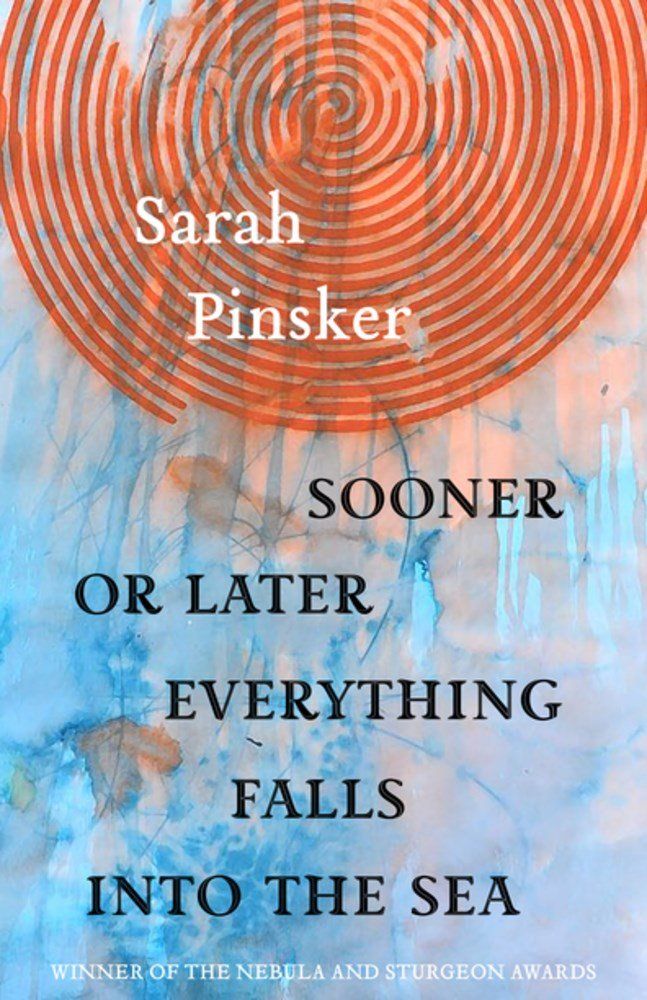I am a fervent connoisseur and champion of short story collections. Many of my past Book Riot posts explore my love of collections, though they aren’t as popular in the book publishing industry (i.e. they don’t sell as well as the novel, blah blah blah).
Well, woe to those who think as much. Short story collections have multiple purposes, arguably more than novels. Not only do collections show the breadth of an author’s talent with the short form, they are also doorways to the literary magazines and anthologies that originally published the stories. Additionally, if that story is still archived in the literary magazine that published the story, you can then compare how that story has evolved editorially from its first appearance to its inclusion in the final, published collection.
For readers (and writers at any stage in their career), collections are a lens to a short story’s path to readership. Many famous writers have had stories begin their journey in small literary magazines (not all short stories appear in The New Yorker, you know) or well-respected genre publications. So if you’re interested in finding new corners of the short fiction world, I will show you were to begin.
Quick Note on Collection Examples
The below collections will be mostly speculative fiction or SFF (since that is my interest and expertise), but you can use these navigation techniques to find the original publications in most collections of any genre.
Navigating Short Story Collections
Not all short story collections are created the same, though there are similarities across the board. It is good etiquette (and sometimes contractually required) for collections to list where stories have first appeared. This list is usually found in at least one of following locations:
- On the copyright page
- An acknowledgments/publication history section (usually in the back of the book)
Sometimes the list of previous publications is found on a variation of the above, either in an introduction to the collection or on an acknowledgement page at the beginning of the book. There is no one way to do it, but the above options are the most common from what I’ve seen. Below I will list collections that use the above two examples.
The Copyright Page
We’ll start with an anticipated 2021 release.
Marjorie Liu’s The Tangleroot Palace is a collection of seven epic and transcendent stories, all of which were previously published in anthologies. What’s great about this collection, too, is that Liu wrote an introduction, exploring her relationship with these stories and the world at large (i.e. the pandemic) during the compilation of the collection.
On the copyright page at the bottom, each story is listed in the order of the table of contents.
There’s a lot of information to unpack in this section: the anthology in which each story appeared, the editor, the publisher, and the year the anthology published are all listed. Readers can find new books to discover in this list. If a reader enjoys Liu’s story “Briar and Rose,” then perhaps they will want more stories with that fairytale theme. In that case, they can look to The Starlit Wood: New Fairy Tales, edited by Dominik Parisien and Navah Wolfe, where “Briar and Rose” first appeared.
If a writer enjoys one of Liu’s stories, say “The Last Divinity of Man,” and has work (perhaps a novella or novel) along the same theme or style, then perhaps they might take note of its first appearance, in The Mad Scientist’s Guide to World Domination: Original Short Fiction for the Modern Evil Genius, edited by John Joseph Adams and published by Tor Books. Tor Books is notable publisher of speculative fiction and SFF, and John Joseph Adams is a renown editor of the SFF magazine Lightspeed. Of course, a writer would then look up the proper submission guidelines for the publisher and magazine — if they’re open to submissions — before doing anything hasty, but new avenues of research have appeared!
These are two stories in the collection, and in addition to the amazing work of the stories themselves, both open portals to discover other books, editors, and a well-known magazine.
Backlist Bump: Another collection that uses a list of prior publications on the copyright page is Dreadful Young Ladies by Kelly Barnhill.
The Acknowledgements/Publication History Page

Sarah Pinsker’s Sooner or Later Everything Falls into the Sea is a collection of immense breadth and talent. It collects some of Pinsker’s best work. The book was a World Fantasy Award finalist and won the Philip K. Dick Award. Pinsker’s stories are wonderful explorations of hope amid desolation and loss.
For this example, the list of original publications is found at the back of the book, after the acknowledgement section. In this case, the page is titled “Publication History.”
Of the 13 stories in the collection, 12 are previously published. The first story, “A Stretch of Highway Two Lanes Wide,” first appeared in The Magazine of Fantasy & Science Fiction in 2014. It’s a lovely narrative about a farmer receiving a robotic arm after an accident and how that arm has a sentience, believing itself to be a stretch of highway in Colorado. Those interested in more work of deep emotion mixed with science fiction or fantasy elements should take a deep dive into past issues of F&SF. Definitely buy the latest issues as well, with Sheree Renée Thomas as the new editor.
Another story farther down the list, “In Joy, Knowing the Abyss Behind,” appeared in the magazine Strange Horizons in 2013. Strange Horizons is a fantastic publication. It was recently nominated for a 2021 Hugo Award for Best Semiprozine.
Again, these are just two story examples that offer a veritable rabbit hole of possibilities to discover new magazines and therefore new stories and authors for your TBR.
Backlist Bump: Another collection that uses a “Publication History” page to list prior appearances is Ted Chiang’s magnificent collection Exhalation.
Truly, I could write a thousand more words to discuss and explore different ways of using short story collections, from the order the stories are read, to the accolades and awards stories collect. As in Pinsker’s collection, there is also the opportunity for writers to publish brand new work in collections. It acts as incentive for fans to see something never before published.
Of course, you can also read a collection for pure enjoyment, to simply soak in a short story when you need a moment of escape. Collections are doorways to new worlds as well as new reading opportunities. They are every bit as noble, and as epic, as their novel counterparts. Don’t let anyone tell you different.
Source : Short Story Collections as Portals to Literary Magazines and other Writings













